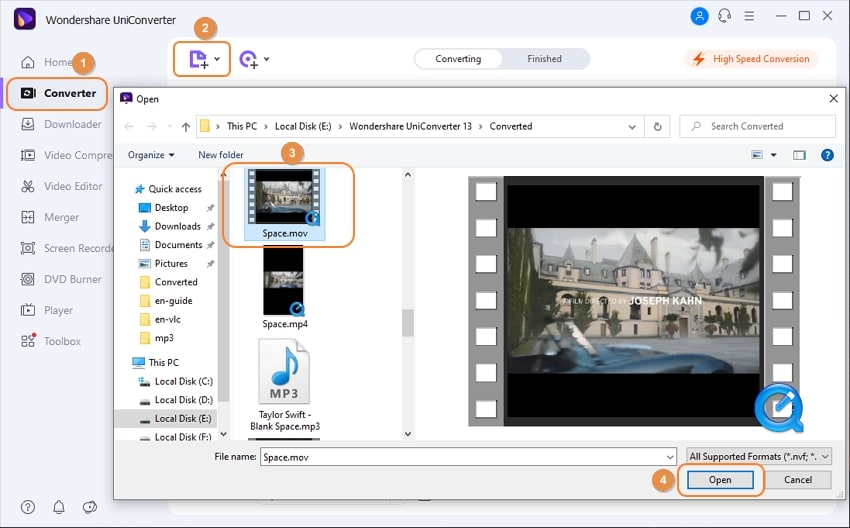

- #HOW TO COMPRESS VIDEO FILES ON WINDOWS OVER 4GB HOW TO#
- #HOW TO COMPRESS VIDEO FILES ON WINDOWS OVER 4GB WINDOWS 10#
NTFS is widely supported on all modern versions of Windows, and it also provides many other functions: file security, encryption, compression, etc. Please choose the file system that better fits your need. The differences between NTFS and exFAT mainly lie in compatibility and application scenarios. Technically, exFAT is also an option to copy large files to FAT32.

Click Start button, then OK to confirm.Īs you can see, there are three options on File System: FAT32 (Default), NTFS and exFAT. Click the dropdown box under File System and choose NTFS.

Right click on the USB drive in Windows File Explorer, and click Format… Please move or back up USB disk files first and then follow the steps below. We can format FAT32 USB drive and convert it as NTFS to bypass the threshold value of “file too large for USB” limit. However, FAT32 is not the only file system for USB drive. The 4GB limit was for FAT32 since its creation. Copy Large Files to FAT32 by Converting It to NTFS To fix “file too large for USB” issue on FAT32 USB drive, here are two solutions.
#HOW TO COMPRESS VIDEO FILES ON WINDOWS OVER 4GB WINDOWS 10#
My Windows 10 says that “The file is too large for the destination file system”. My Kingston USB drive has over 14GB free space, but I cannot copy an 8GB iso file to the USB drive.
#HOW TO COMPRESS VIDEO FILES ON WINDOWS OVER 4GB HOW TO#
How to Copy Large Files to FAT32 with or without Converting Fix “The File is too Large for the Destination File System”


 0 kommentar(er)
0 kommentar(er)
